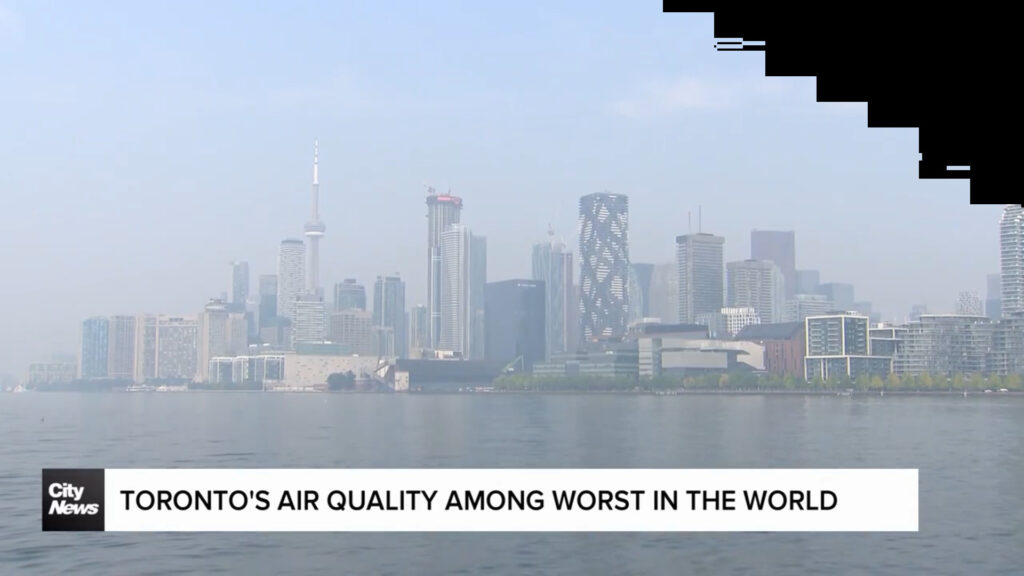
Introduction
Air quality in urban centers is a pressing concern, particularly in large cities like Toronto, where population density, transportation, and industrial activity contribute to air pollution. Understanding the quality of air we breathe is crucial, as it directly impacts public health, environmental conditions, and overall quality of life. Recent reports indicate fluctuations in air quality levels in Toronto, making it a significant topic of discussion for residents and policymakers alike.
Current Air Quality Levels in Toronto
As of October 2023, Toronto has experienced a variety of air quality conditions heavily influenced by seasonal changes and external pollutants. According to Environment Canada, the Air Quality Health Index (AQHI) has indicated several days of moderate to high-risk air quality due to particulate matter and ground-level ozone, particularly during warmer months. The city has also faced challenges related to forest fires and industrial emissions, which have further deteriorated air quality on several occasions.
The Health Implications
The implications of poor air quality are significant, particularly for vulnerable populations such as children, the elderly, and those with pre-existing health conditions. Studies have shown that long-term exposure to polluted air can lead to respiratory diseases, cardiovascular issues, and even adverse pregnancy outcomes. Local health authorities have been proactive in issuing advisories during periods of poor air quality, urging residents to limit outdoor activities and seek medical advice as necessary.
Government Responses and Initiatives
The City of Toronto, in collaboration with provincial and federal agencies, has ramped up efforts to improve air quality through various initiatives. These include stricter emissions regulations for vehicles and industries, investment in green spaces, and the promotion of public transit. In May 2023, Toronto launched its Clean Air Initiative, focusing on reducing vehicular emissions and increasing awareness of air quality issues among the populace. Ongoing partnerships with environmental organizations aim to monitor air quality and educate residents about its significance.
Conclusion
As Toronto continues to grow and evolve, the importance of ensuring clean and safe air cannot be overstated. With ongoing governmental initiatives and community engagement, there is hope that air quality levels can be improved in the years to come. Residents are encouraged to stay informed about local air conditions and participate in community programs aimed at fostering a healthier environment. Understanding the nuances of air quality not only helps individuals protect their health but also empowers them to advocate for clean air initiatives within their community.

